We celebrate the emerging London architects to be excited about
These emerging London architects are some of the capital's finest ground-breakers, movers and shakers; heralding a new generation of architecture
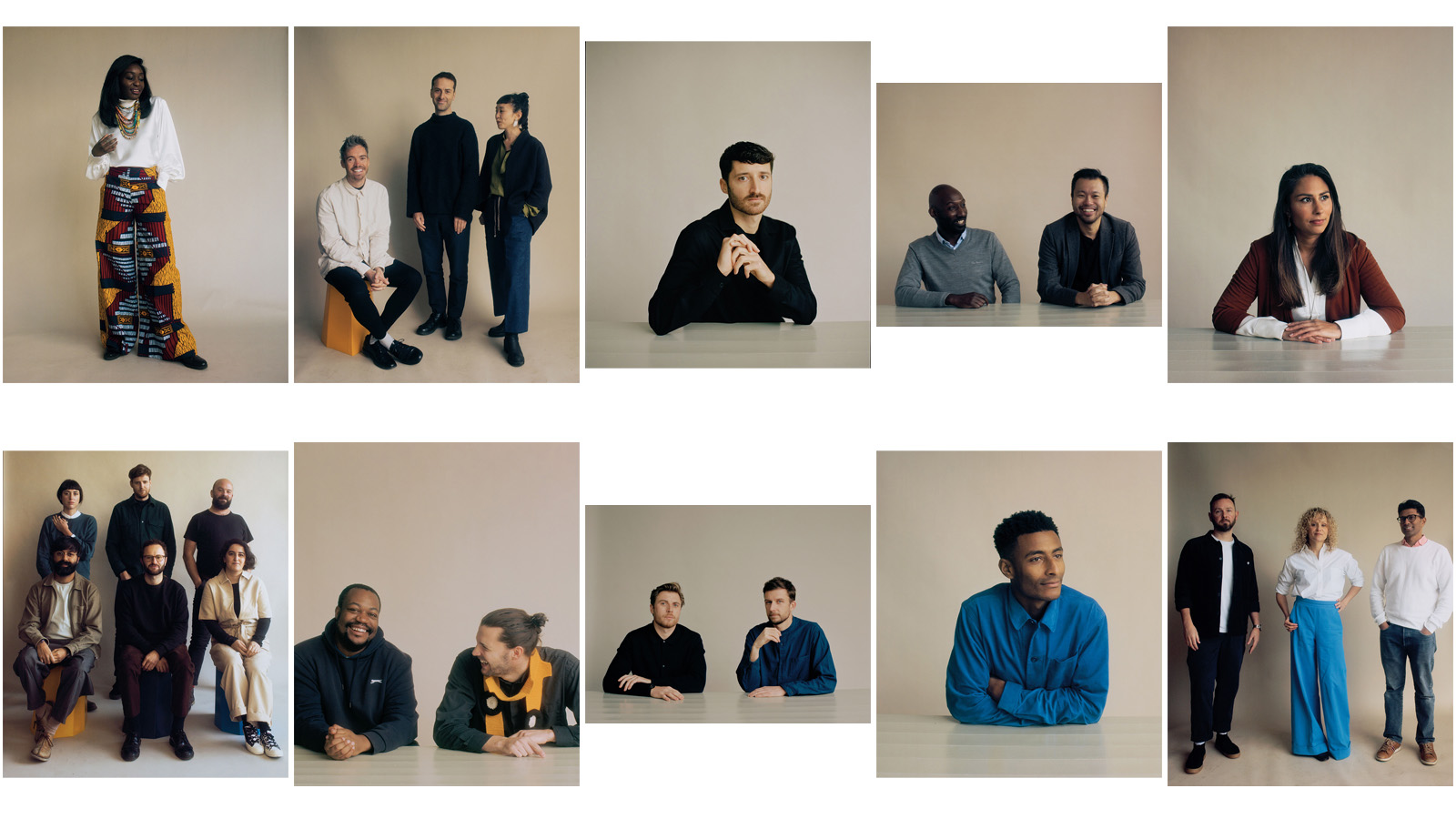
The world is changing, architecture is adapting, and a new wave of young practices in London is emerging. They’re armed with bold ideas, digital tools, new studio set-ups and innovative design approaches. In our Next Generation series, we hail this nexus of exciting studios in the UK capital, the first ten of which, featured in the next pages, are just the beginning. More will be presented online throughout the year – next stop the USA.
Our list of the most exciting emerging London architects
THE SUSTAINABILITY CHAMPION: Tara Gbolade, Gbolade Design Studio
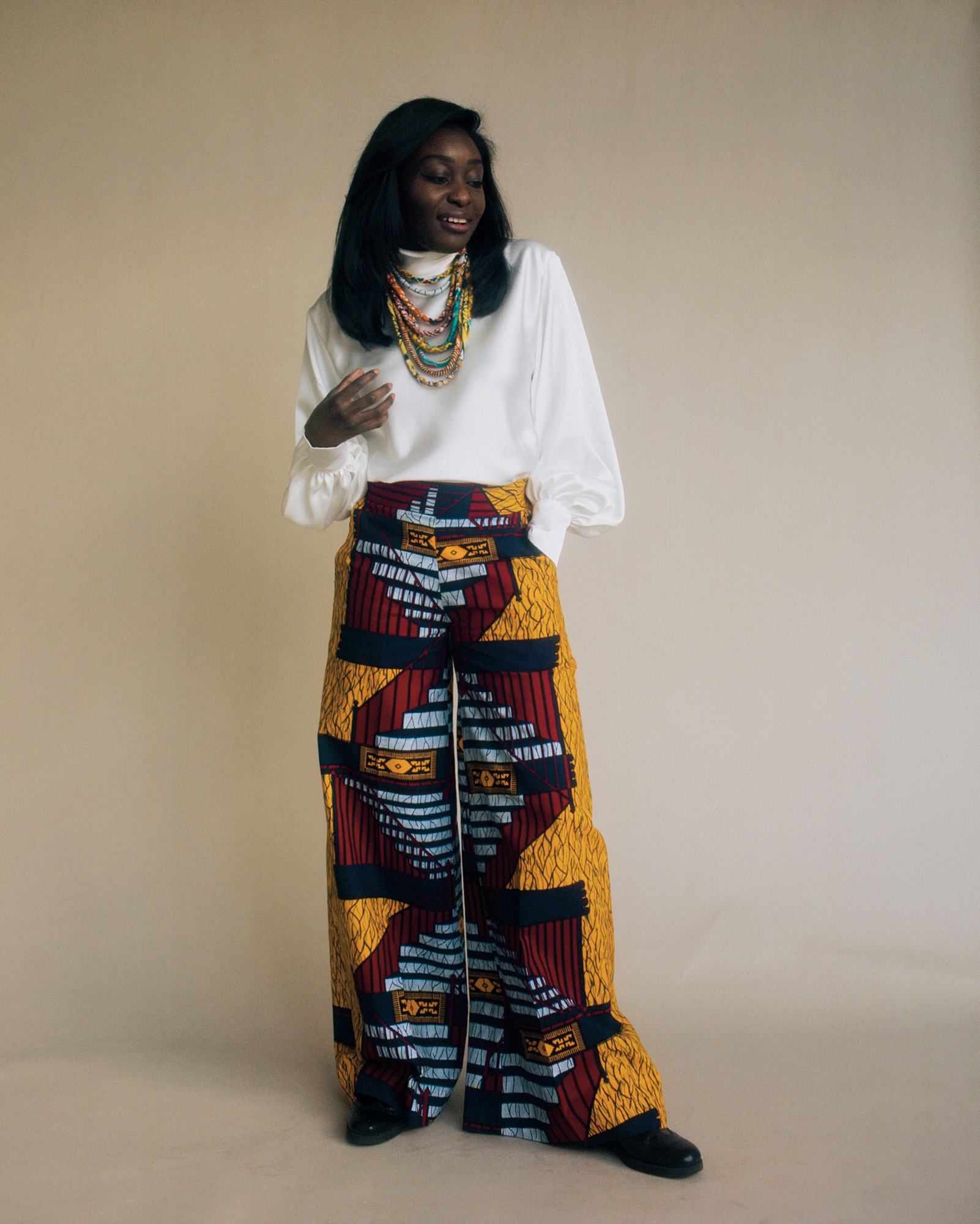
When architect Tara Gbolade set up her studio in Lambeth in south London in 2018, she wanted it to make a difference. Focusing her practice around a ‘design-led, sustainable, innovative and commercially-minded’ approach was just the beginning. Fresh ideas, dynamism and specialist skills ensure that Gbolade Design Studio’s work really stands out. The studio’s ambitions sound simple but are anything but. ‘We aim at making everyday places for people extraordinary,’ she explains.
Since its foundation, the young studio has earned awards and scooped competition wins. The secret, says Gbolade, is being specific in choosing clients that align with their ethos. ‘We are a small core team of five and work collaboratively with other practices and individuals, which means we are able to expand and contract our capacity as needed. We can offer the best value to our clients, while keeping the practice nimble and responsive to societal changes.’
THE COMMUNITY EMPOWERERS: Steve Wilkinson, Theo Molloy and Chloë Leen, Pup Architects
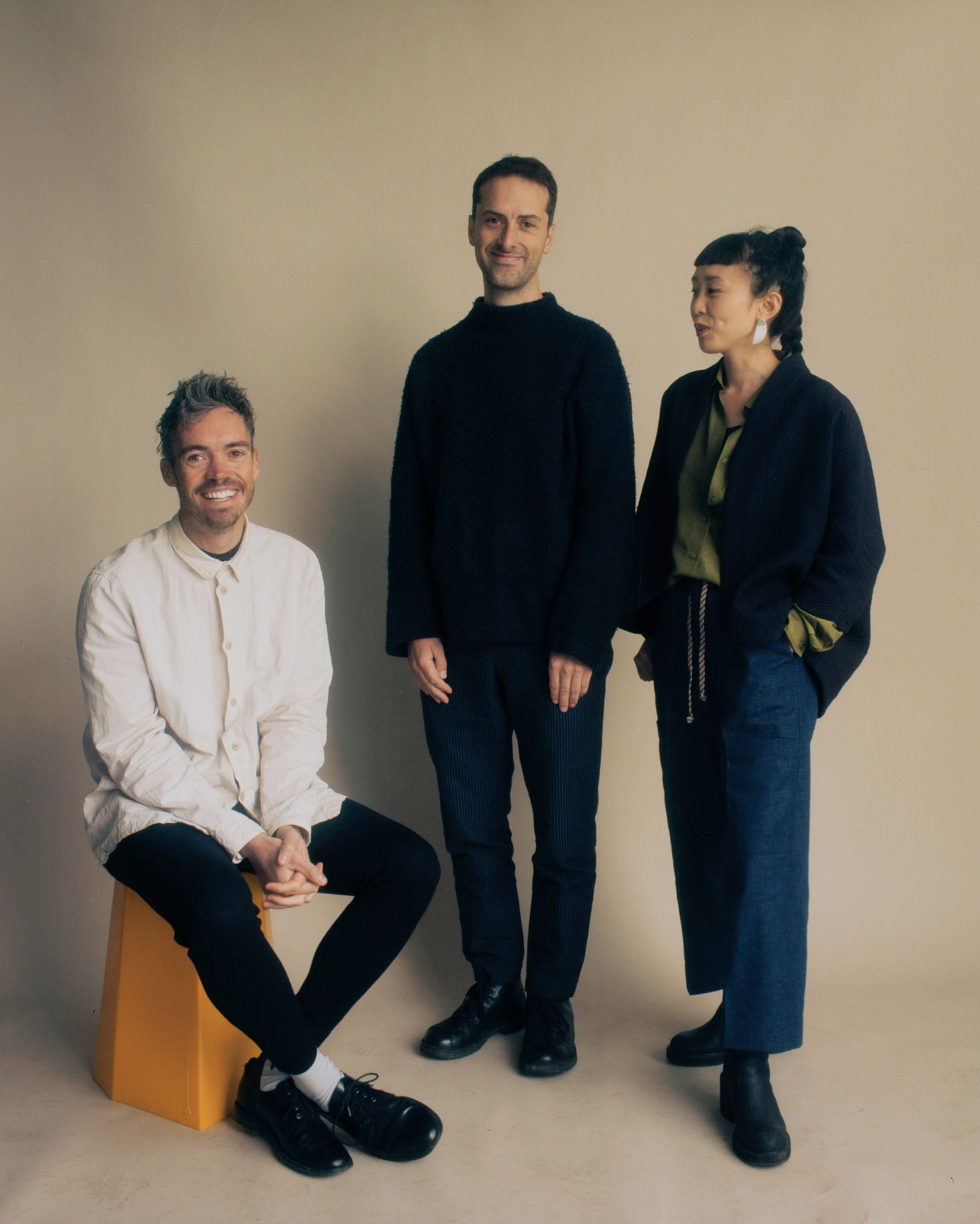
2012 was a key year for Steve Wilkinson, Theo Molloy and Chloë Leen. The London Olympics not only turned the global spotlight on the city, but also marked the trio’s first collaboration, a series of pavilions commissioned by the Greater London Authority for the Games. The architects, who’ve previously worked at practices such as Sam Jacob, Ash Sakula and Grimshaw, formally joined forces in 2017, forming Pup Architects, a community-oriented studio based in Clapton, east London.
The interaction of people and architecture, and the sense of community that this brings, are key to the team’s approach. ‘Our projects are usually both pragmatic and playful,’ they explain. ‘We are concerned with how people interpret and use a space. We approach every project differently and treat it as an opportunity to create something unique. The use and combinations of materials is fundamental to this at many levels, from playing with architectural language to how materials make a space feel. Sustainability is another key consideration, which often helps to define material choices – thinking about how to be resourceful, efficient and purposeful. It’s a good constraint to drive innovative solutions.’
THE CROSS-PLATFORM MULTI-TASKER: Benni Allan, EBBA Architects
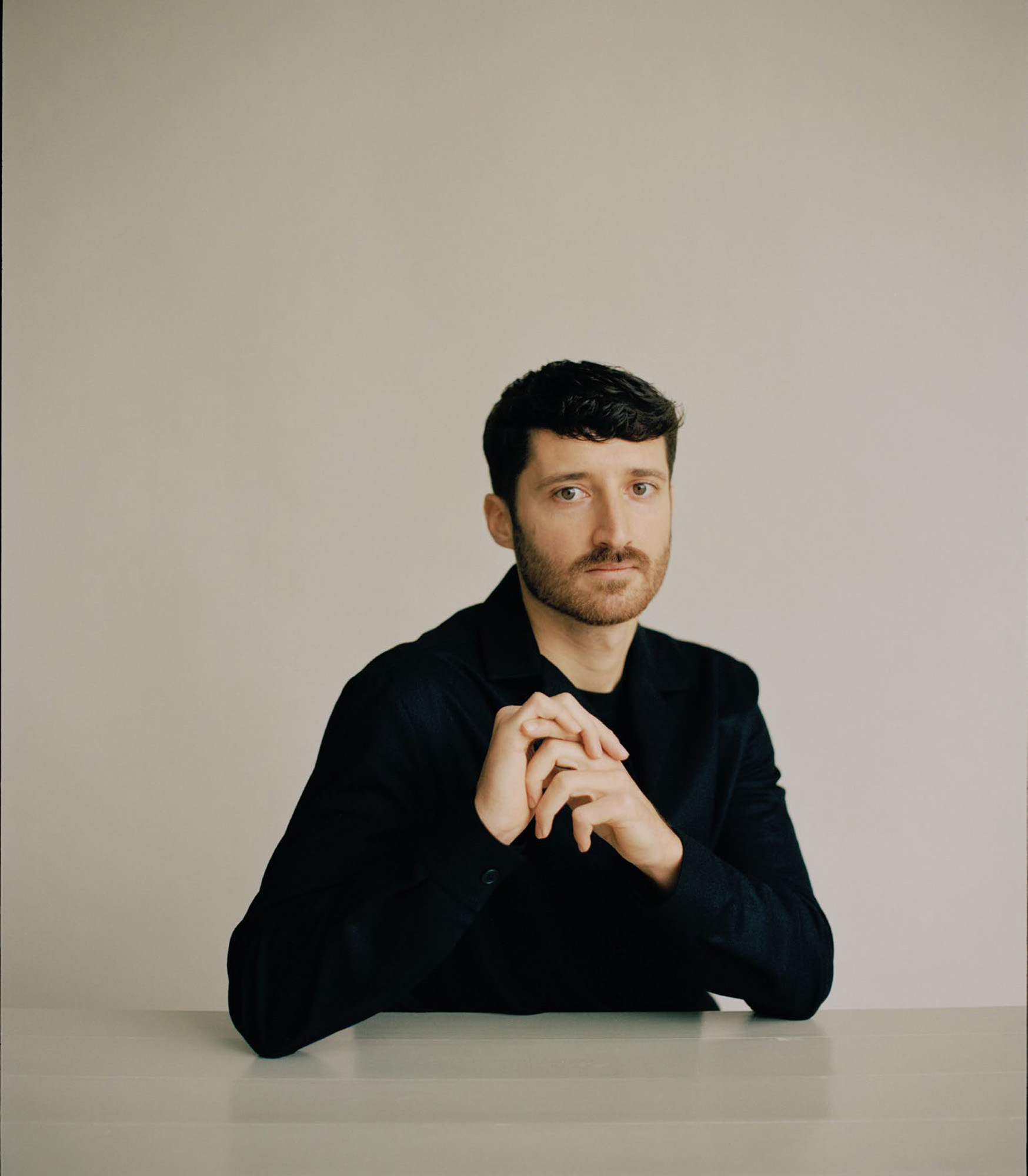
Benni Allan’s EBBA Architects oozes style, enthusiasm and a refreshing attitude towards interdisciplinarity and innovation. ‘At the forefront of the studio’s work is a focus on making spaces that reflect a particular poetic and material ambition that can carry meaning and can have a direct emotional effect on the user,’ says Allan, who, prior to founding his independent office, was an architect with Niall McLaughlin.
The studio is exploring the potential of digital spaces, and it launched a virtual art space together with curator Jenn Ellis in the summer of 2020, during the UK’s strict first lockdown. AORA was conceived as a digital space to promote mental serenity and wellbeing, mixing design, sound and art. Drawing on research conducted during the design of a children’s nursery, Allan and his team developed an understanding of the value of discovery in architecture. This led to ideas of distinct digital spaces that support ‘meditative practices and improve wellbeing’.
Wallpaper* Newsletter
Receive our daily digest of inspiration, escapism and design stories from around the world direct to your inbox.
THE EMOTIONALISTS: Samuel Bentil-Mensah and Tszwai So, Spheron Architects
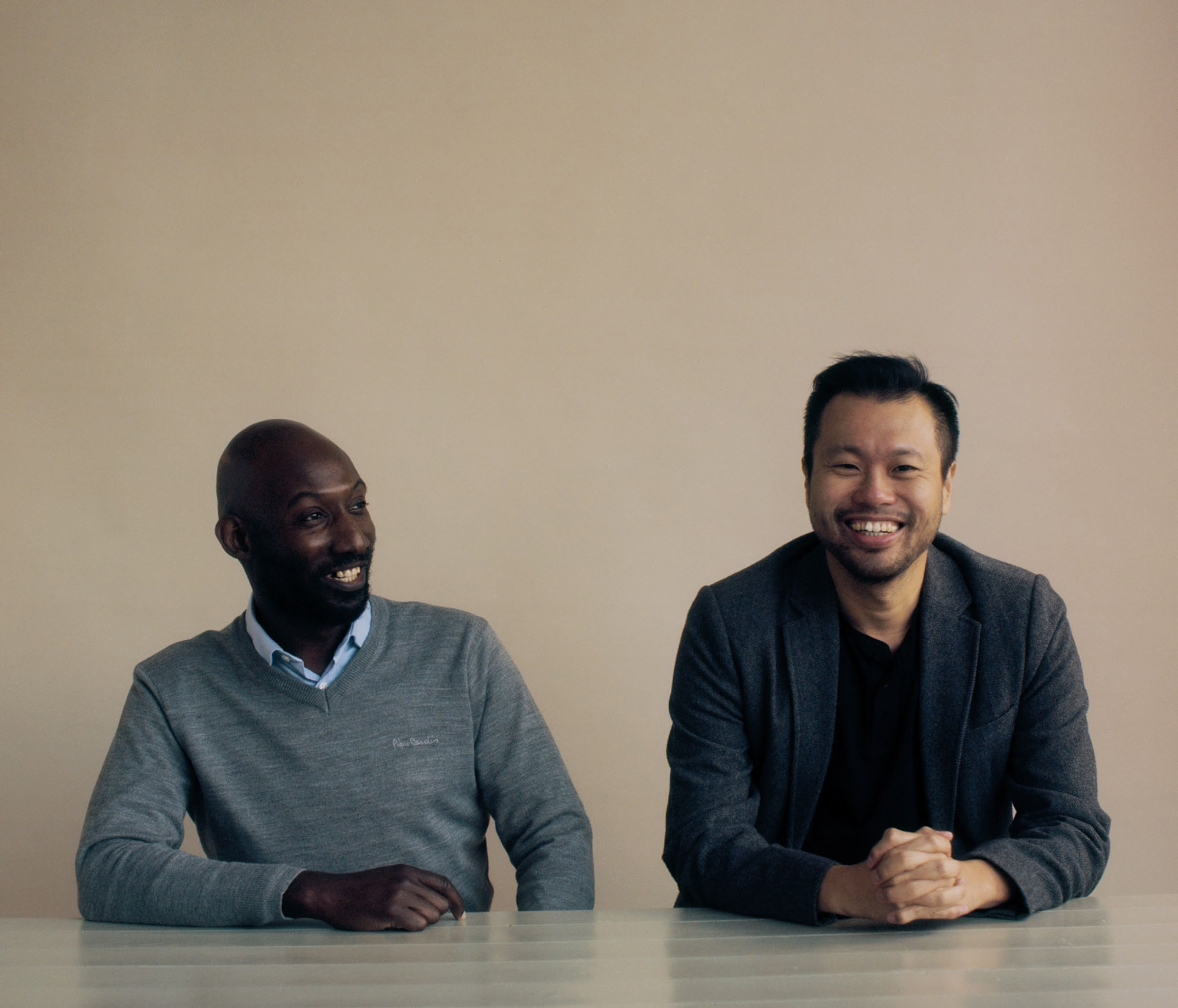
If you ask Tzswai So to talk about his work, it won’t take long before the discussion turns to the subject of emotion. It is an area that So, who set up Spheron Architects with Samuel Bentil-Mensah in 2011, feels passionate about. ‘Emotional intelligence is perhaps too often disregarded in architectural training in favour of abstract intellectual reasoning,’ he says. ‘A design that would win architects over does not necessarily move people’s hearts.’
Spheron, a five-people-strong outfit based in Clapham, aims for the heart. The studio is currently working on a new headquarters in Surrey for the world’s oldest vintage RollsRoyce and Bentley specialist, but past work includes housing, commercial, cultural and religious projects, including constructing London’s only wooden church for the Belarusian community.
THE WELLBEING ADVOCATE: Natasha Reid, Matter Space Soul
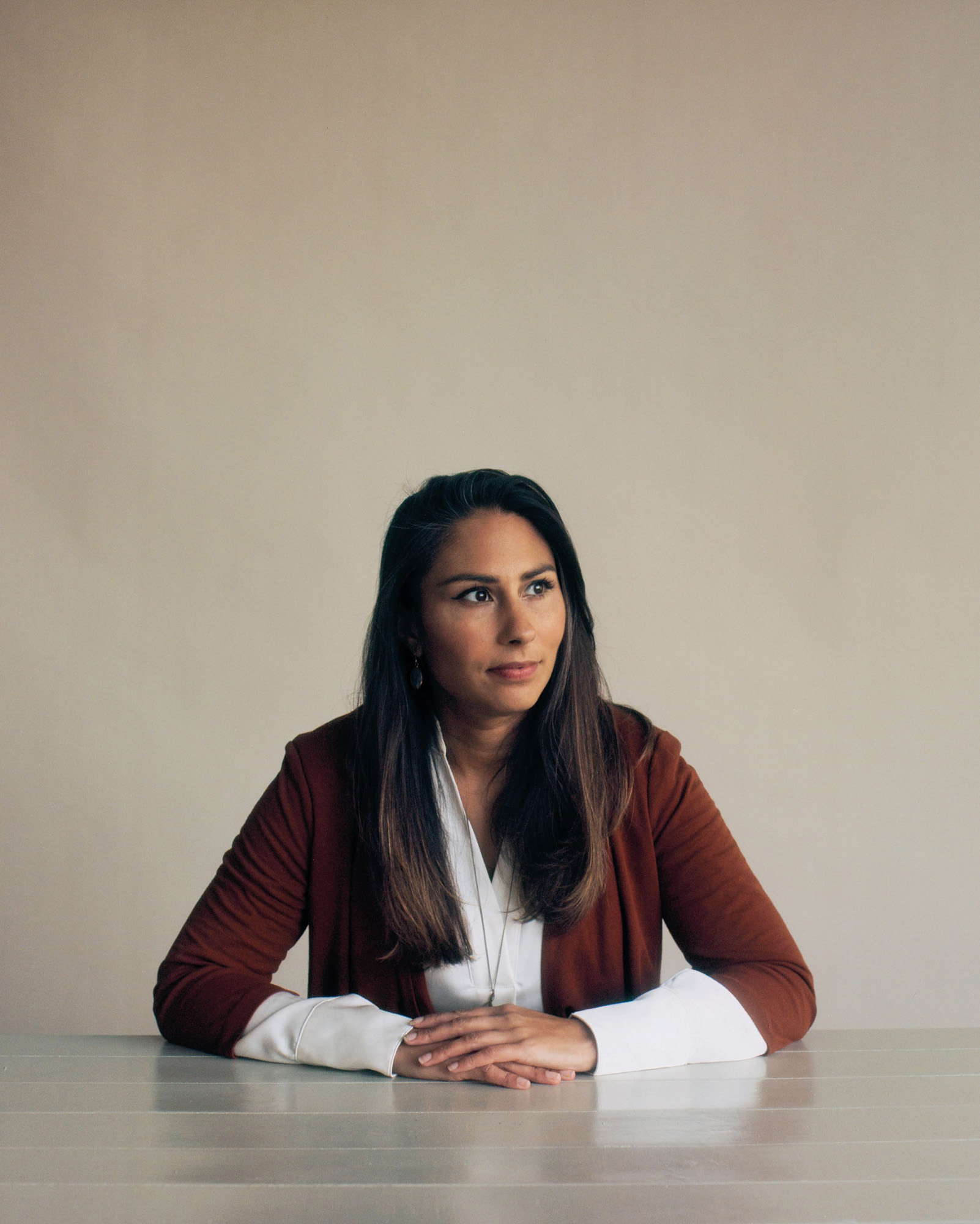
Matter Space Soul is a small architecture lab and consultancy founded by Natasha Reid in Islington, London, in 2014. Placing a focus on people’s emotional, social and psychological wellbeing, Reid’s team follows a research-led path, working with psychologists and other specialists in an effort to create ‘joyful, soulful’ places.
‘While we come from architectural backgrounds, our aim is actually not to design buildings, although this is the visible outcome,’ says Reid. ‘Instead, we see our work as creating experiences that can improve the ‘human performance’ of places, the impact they have on people’s wellbeing, happiness, sense of identity and so on.’ By employing nature-inspired, biomorphic design principles, her design for the Mondrian Suites Berlin transformed a sterile space in an area of the city struggling with crime into one that feels safe, vibrant and welcoming to guests, as well as connected to its wider neighbourhood.
THE B-CORP PIONEERS: Tom Woods and Chris Kennedy, Kennedy Woods Architecture

Childhood friends Tom Woods, a product designer, and Chris Kennedy, an architect, set up their joint practice in Peckham in 2012. At the heart of their approach is a ‘user focus, tenacity, and a problem-solving mindset’, they explain. Kennedy Woods Architecture is also the UK’s first, and at the time of publication (2021), only, B-Corp-certified UK architecture practice. A B-Corp accreditation is awarded to businesses that balance commercial success and purpose. ‘In simple terms, we are committing to balancing people, planet and profit,’ say the pair.
While the accreditation remains a rarity among their peers, the pair feel there’s a sense of a growing movement around it. ‘Our B-corp status is a badge that helps us connect with like-minded clients interested in impact, as well as attracting purpose-driven talent.’
THE EXPERIMENTERS: Bongani Muchemwa and Steve McCloy, McCloy + Muchemwa

Steve McCloy and Bo Muchemwa met at university and have been collaborating ever since. ‘Both of us had childhoods in Africa and think this may have inspired some common outlook, if only about the strangeness of Europe and the UK!’ they say. ‘We now work well as part of a team because we have developed a rigour and depth to our shared architectural vision. We are a very small operation so our approach to large or complex projects is collaborative.’
McCloy + Muchemwa works with a competition based model (‘When we win one, the studio shifts up a gear,’ they explain). This has allowed them to work on a hugely varied range of projects. One of the latest, Mud City, began life as a shortlisted competition entry for a housing prototype in Ghana, producing their ‘sketches’ as clay-based working models.
THE EQUITY COLLECTIVE: Roz Peebles, Ben Stuart-Smith, Joe Bacon, Karan Pancholi, Aidan Hall and Sogand Babol, Okra
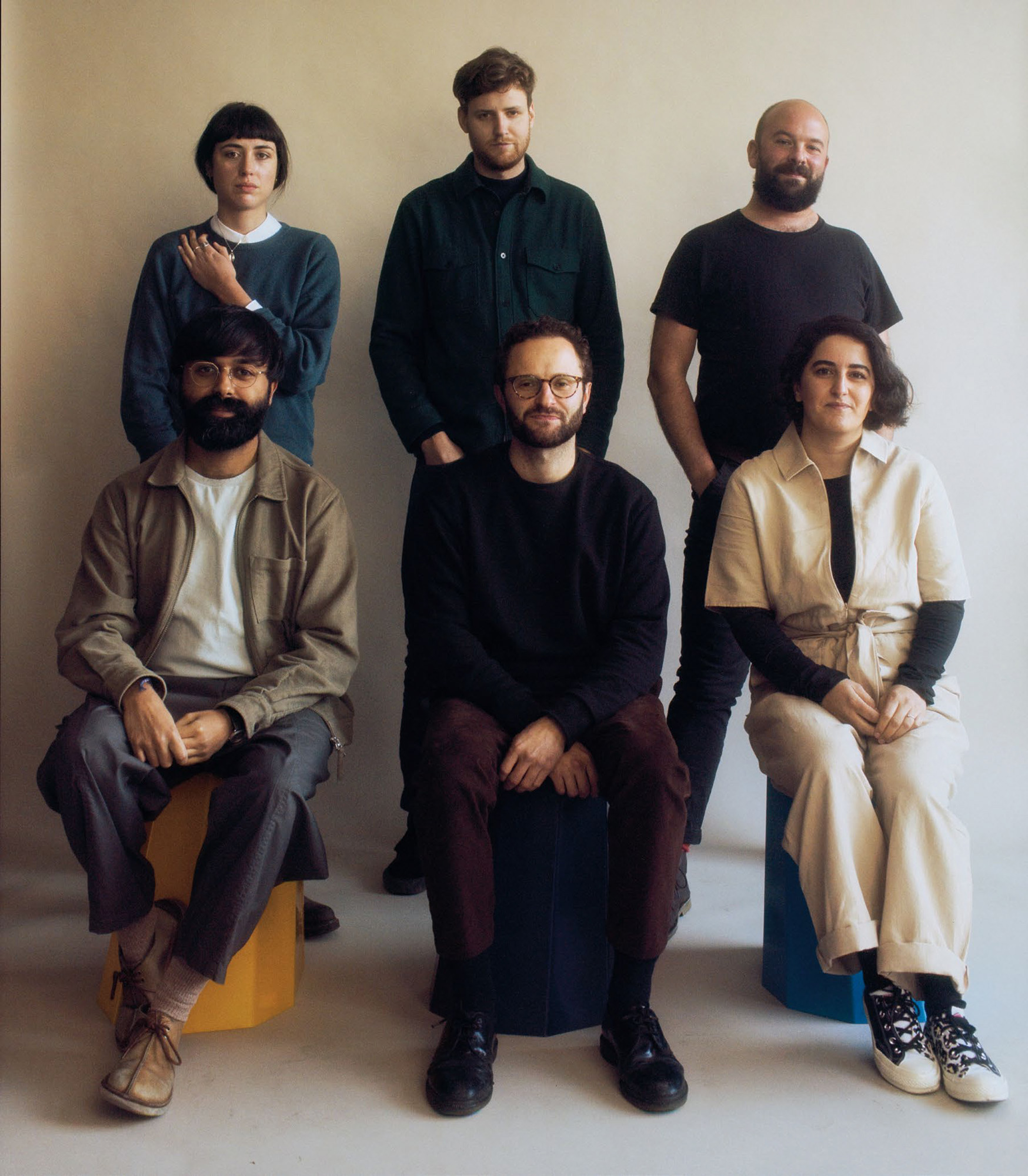
Okra was born organically in 2016 when a group of creatives became involved in the campaign to preserve manufacturing space around the Old Kent Road. Joining forces, they formed a collective to pursue sociallyoriented projects that promote equity and span scope and scales. Okra is now made up of ten interdisciplinary members, within which is a flexible core team who lead the projects and the organisational work.
Social justice is central to the collective’s mission statement. This includes both the way they manage their studio and how they approach their design solutions. ‘Within Okra, all members are paid the same rate per project. We manage studio space at a notfor-profit rent to help other designers and makers, which has opened up opportunities for collaboration,’ they explain. Engaging with wider audiences and making their processes open and flexible, the team enriches their projects with public events, walking tours and community gardening.
THE URBAN PLACEMAKER: Jayden Ali, JA Projects

‘We see the city as a place of multiple stories, scenes and actors, a theatre that mediates our relationship as citizens between one another and place,’ says Jayden Ali. Heading JA Projects since 2015, Ali has been working at the intersection of architecture, urban strategy, art and performance through a wealth of multidisciplinary projects, ranging from community and education commissions to film and curating. This slightly less common way of looking at architecture, through an analysis of society, cultural power, ownership and expression, is a constant in the young studio’s work.
Blending a social and performative component with a physical, built one is a key way of approaching design problems for Ali. The goal is to deliver ‘resilient and sustainable interventions that empower people and make a positive contribution to the environment and surrounding context’. His work reflects that, defined by a focus on the more subtle, often intangible things that are there but are perhaps harder to define or quantify. Human experience, the idea of belonging, insights, shifts in society and power struggles are common themes in many of his projects.
THE ETHICAL PRACTICE EXPLORERS: Alasdair Ben Dixon, Siri Zanelli and Khuzema Hussain, Collective Works
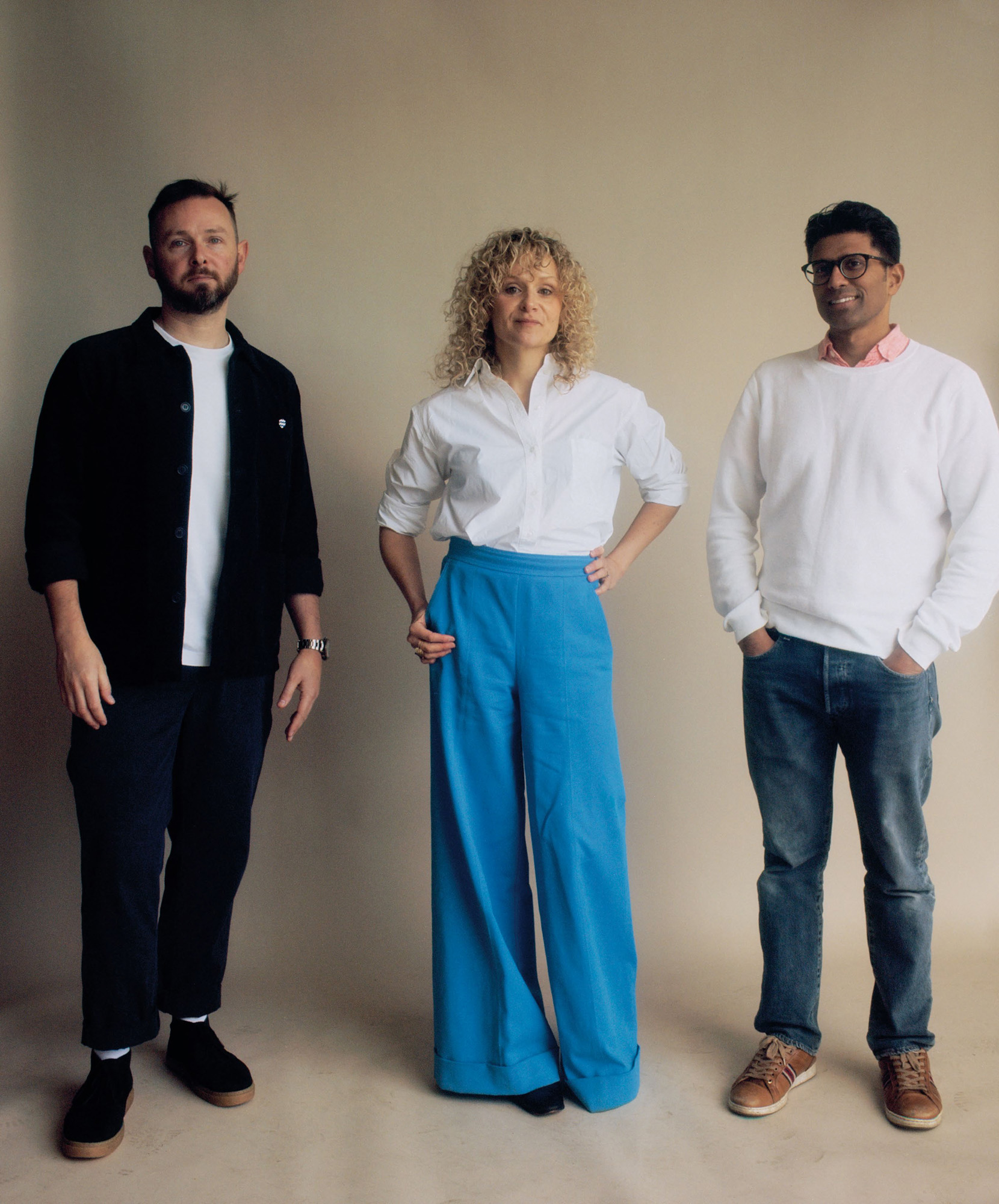
‘We wanted a studio that could embrace flexible working, allow everyone to inform the final outcome and be better connected to the communities it served, but without sacrificing design quality,’ say Collective Works’ co-founders Alasdair Ben Dixon, Siri Zanelli and Khuzema Hussain.
The firm was formally established in 2012, but having worked together at previous architecture practices, the trio already knew each other’s strengths. The studio recently finished UpSideDown House, the transformation of a traditional Victorian terrace in north London, by investigating the spaces needed for being together, for quiet thinking and for robust play. They also invited Koi Colour Studio to collaborate on a bold colour scheme of sustainable clay-based paints to enhance the original Victorian features. ‘Inviting experts to take part in a project, and sharing knowledge, was part of making this project successful, and it has already led to further collaborations and new projects,’ they say.
A version of this article first appeared in the January 2021 print edition of Wallpaper*
Ellie Stathaki is the Architecture & Environment Director at Wallpaper*. She trained as an architect at the Aristotle University of Thessaloniki in Greece and studied architectural history at the Bartlett in London. Now an established journalist, she has been a member of the Wallpaper* team since 2006, visiting buildings across the globe and interviewing leading architects such as Tadao Ando and Rem Koolhaas. Ellie has also taken part in judging panels, moderated events, curated shows and contributed in books, such as The Contemporary House (Thames & Hudson, 2018), Glenn Sestig Architecture Diary (2020) and House London (2022).
-
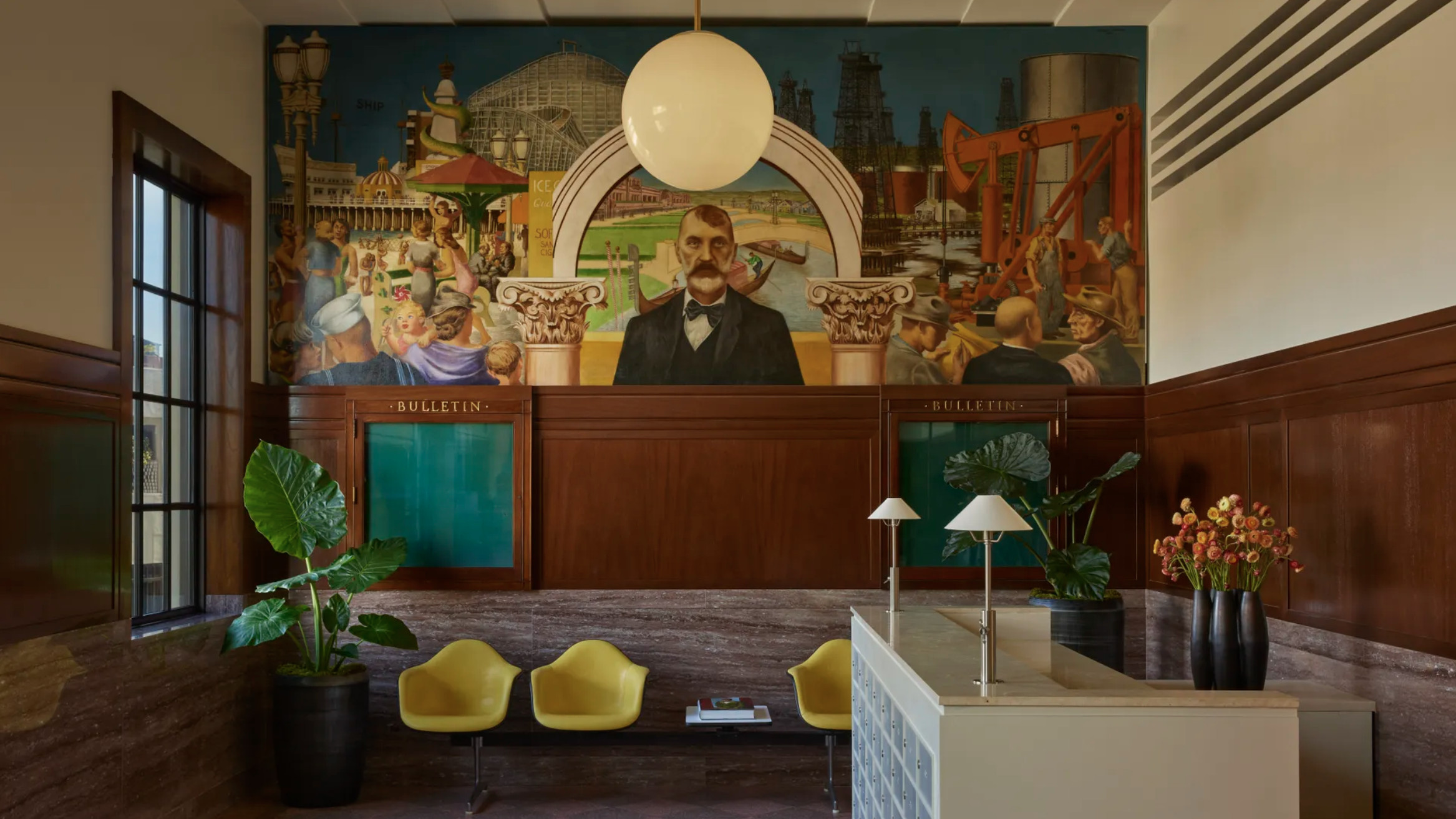 The Lighthouse draws on Bauhaus principles to create a new-era workspace campus
The Lighthouse draws on Bauhaus principles to create a new-era workspace campusThe Lighthouse, a Los Angeles office space by Warkentin Associates, brings together Bauhaus, brutalism and contemporary workspace design trends
By Ellie Stathaki
-
 Extreme Cashmere reimagines retail with its new Amsterdam store: ‘You want to take your shoes off and stay’
Extreme Cashmere reimagines retail with its new Amsterdam store: ‘You want to take your shoes off and stay’Wallpaper* takes a tour of Extreme Cashmere’s new Amsterdam store, a space which reflects the label’s famed hospitality and unconventional approach to knitwear
By Jack Moss
-
 Titanium watches are strong, light and enduring: here are some of the best
Titanium watches are strong, light and enduring: here are some of the bestBrands including Bremont, Christopher Ward and Grand Seiko are exploring the possibilities of titanium watches
By Chris Hall
-
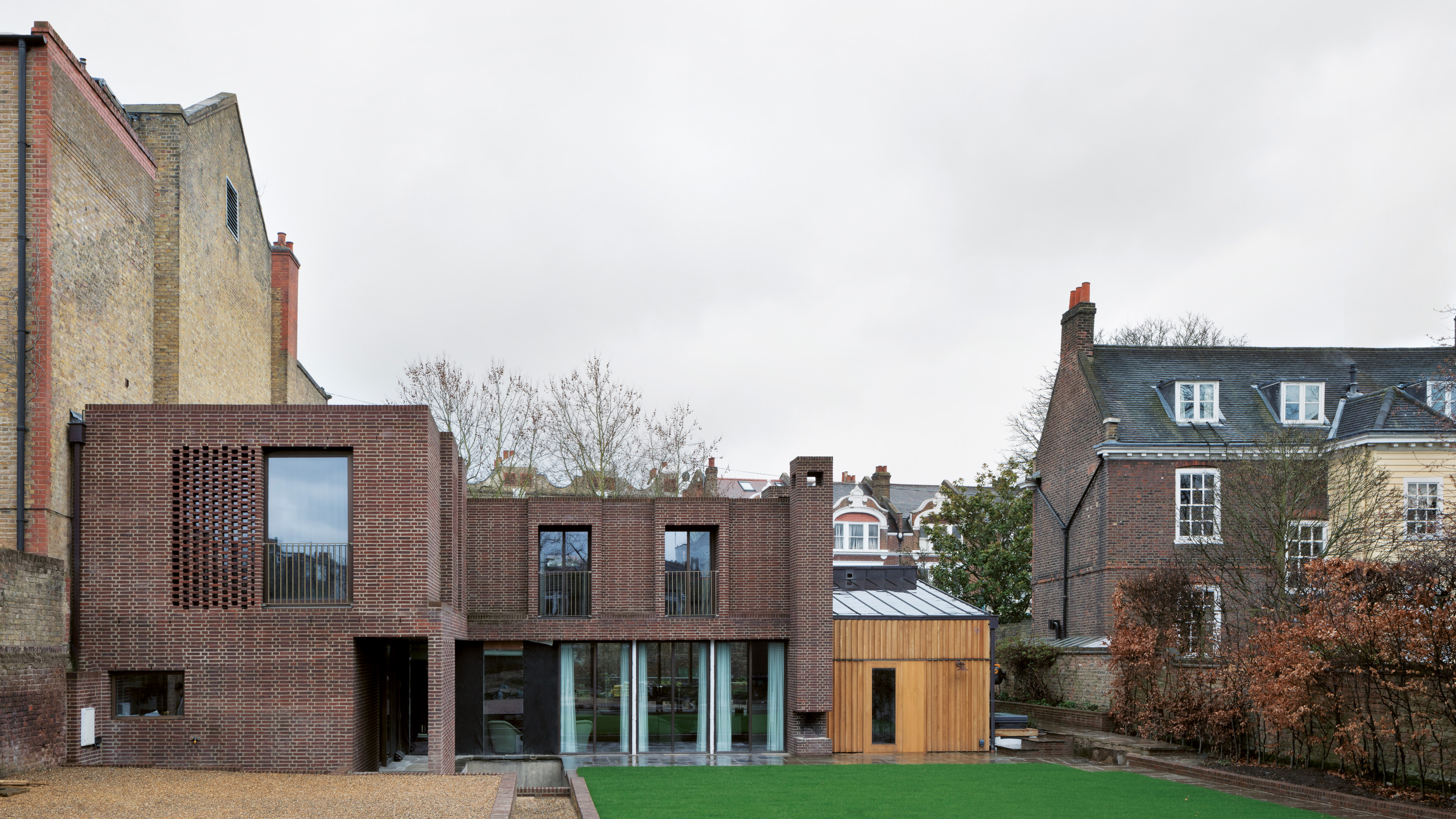 A new London house delights in robust brutalist detailing and diffused light
A new London house delights in robust brutalist detailing and diffused lightLondon's House in a Walled Garden by Henley Halebrown was designed to dovetail in its historic context
By Jonathan Bell
-
 A Sussex beach house boldly reimagines its seaside typology
A Sussex beach house boldly reimagines its seaside typologyA bold and uncompromising Sussex beach house reconfigures the vernacular to maximise coastal views but maintain privacy
By Jonathan Bell
-
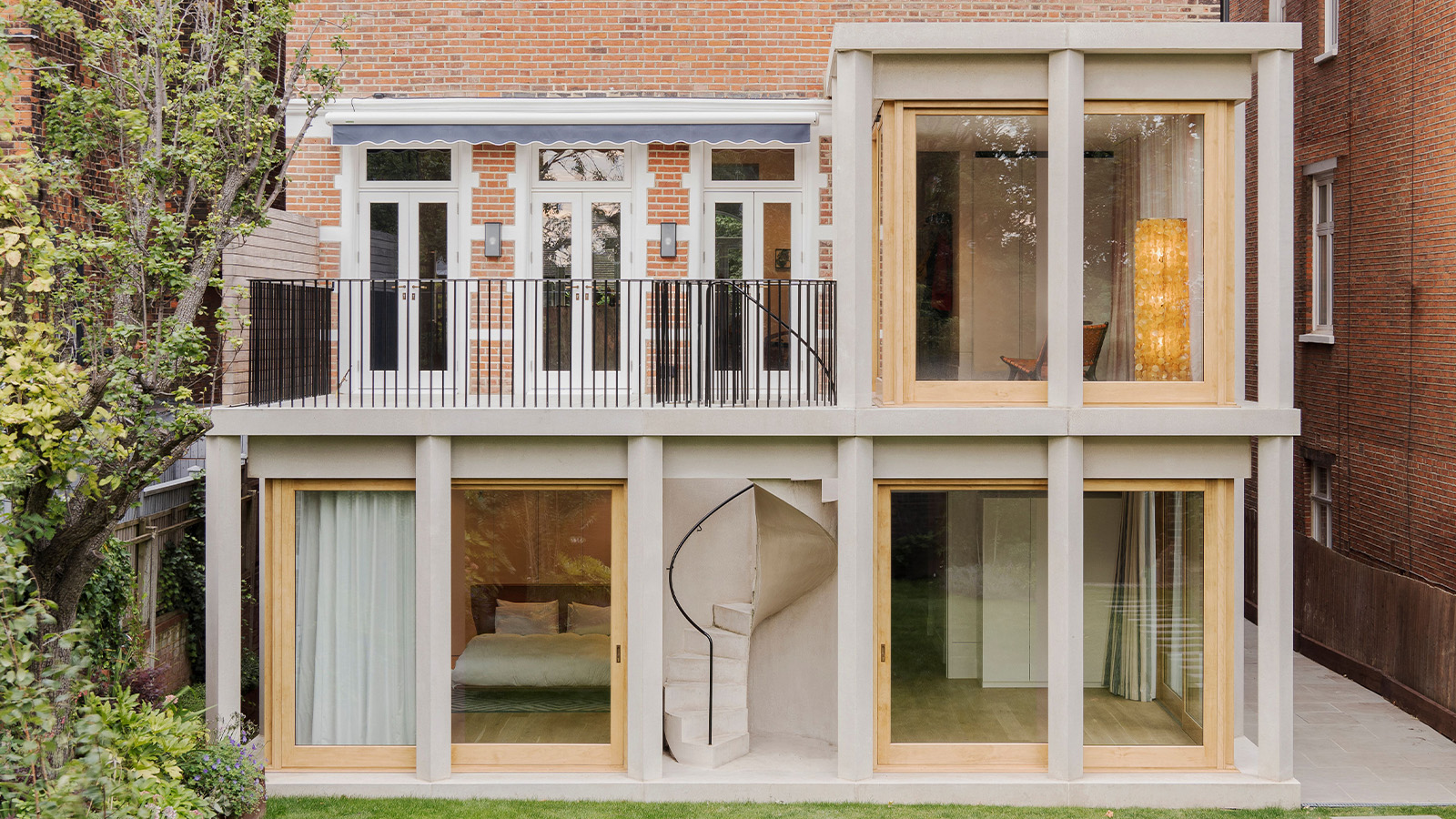 This 19th-century Hampstead house has a raw concrete staircase at its heart
This 19th-century Hampstead house has a raw concrete staircase at its heartThis Hampstead house, designed by Pinzauer and titled Maresfield Gardens, is a London home blending new design and traditional details
By Tianna Williams
-
 An octogenarian’s north London home is bold with utilitarian authenticity
An octogenarian’s north London home is bold with utilitarian authenticityWoodbury residence is a north London home by Of Architecture, inspired by 20th-century design and rooted in functionality
By Tianna Williams
-
 What is DeafSpace and how can it enhance architecture for everyone?
What is DeafSpace and how can it enhance architecture for everyone?DeafSpace learnings can help create profoundly sense-centric architecture; why shouldn't groundbreaking designs also be inclusive?
By Teshome Douglas-Campbell
-
 The dream of the flat-pack home continues with this elegant modular cabin design from Koto
The dream of the flat-pack home continues with this elegant modular cabin design from KotoThe Niwa modular cabin series by UK-based Koto architects offers a range of elegant retreats, designed for easy installation and a variety of uses
By Jonathan Bell
-
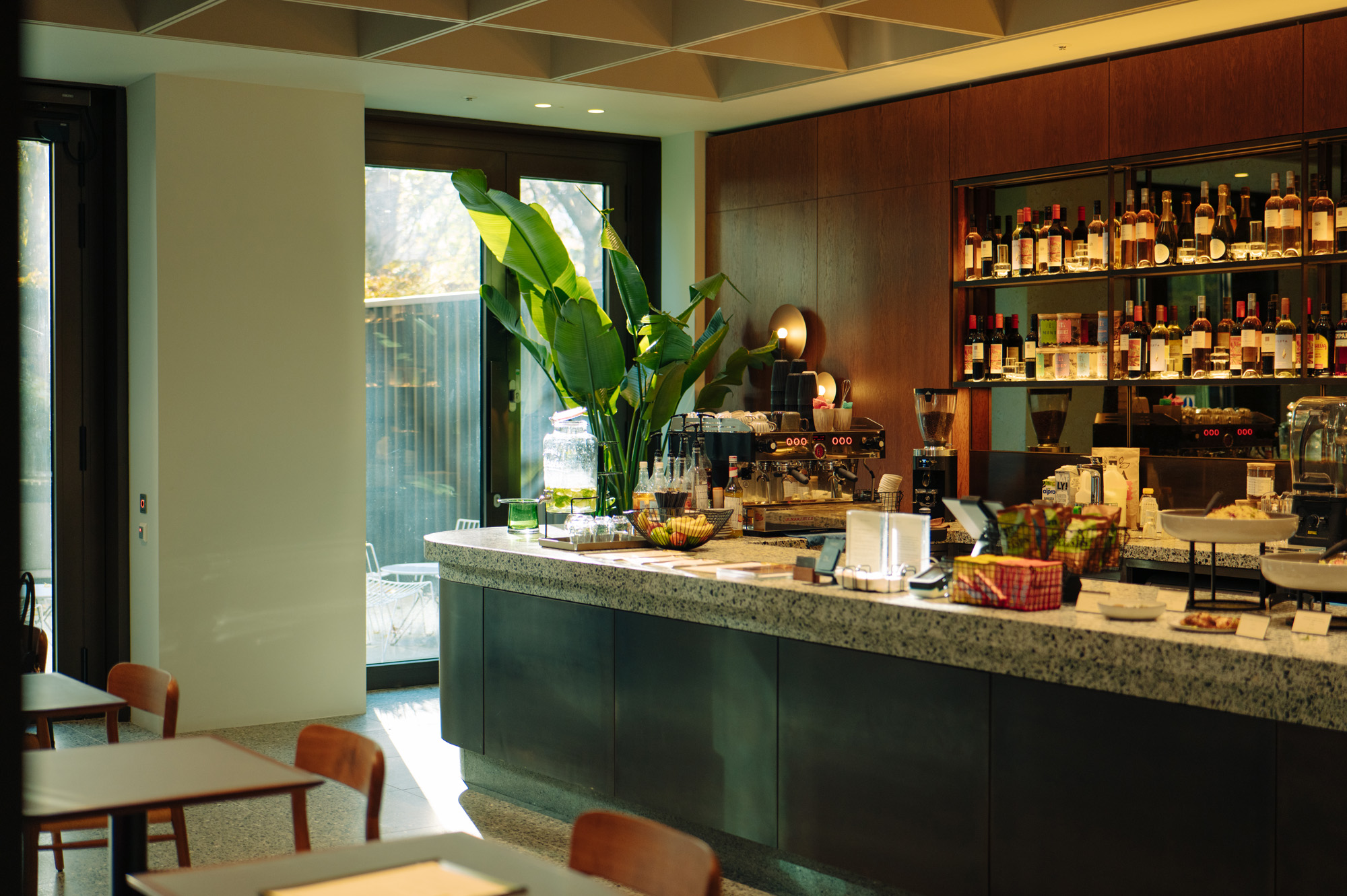 Are Derwent London's new lounges the future of workspace?
Are Derwent London's new lounges the future of workspace?Property developer Derwent London’s new lounges – created for tenants of its offices – work harder to promote community and connection for their users
By Emily Wright
-
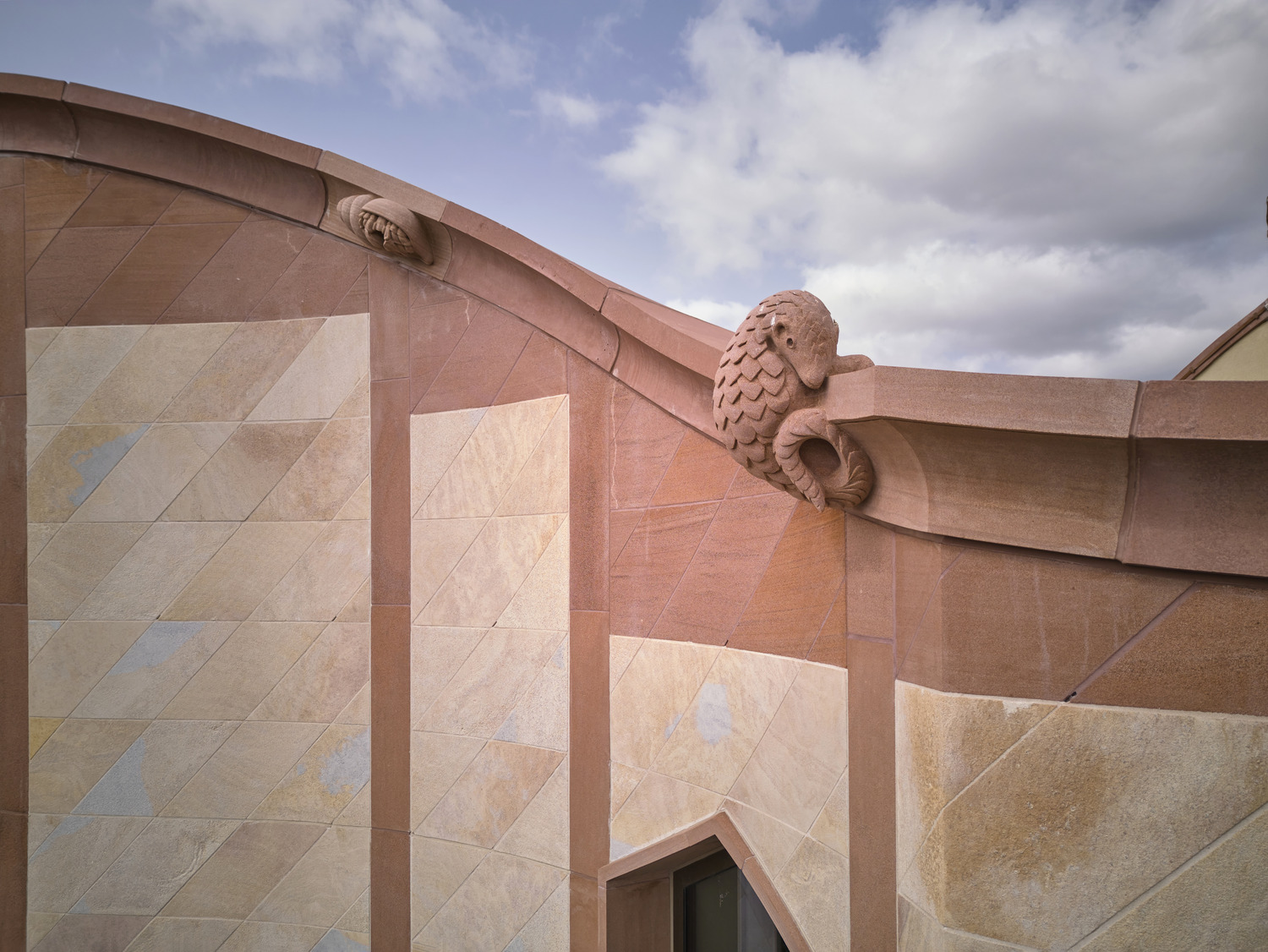 Showing off its gargoyles and curves, The Gradel Quadrangles opens in Oxford
Showing off its gargoyles and curves, The Gradel Quadrangles opens in OxfordThe Gradel Quadrangles, designed by David Kohn Architects, brings a touch of playfulness to Oxford through a modern interpretation of historical architecture
By Shawn Adams